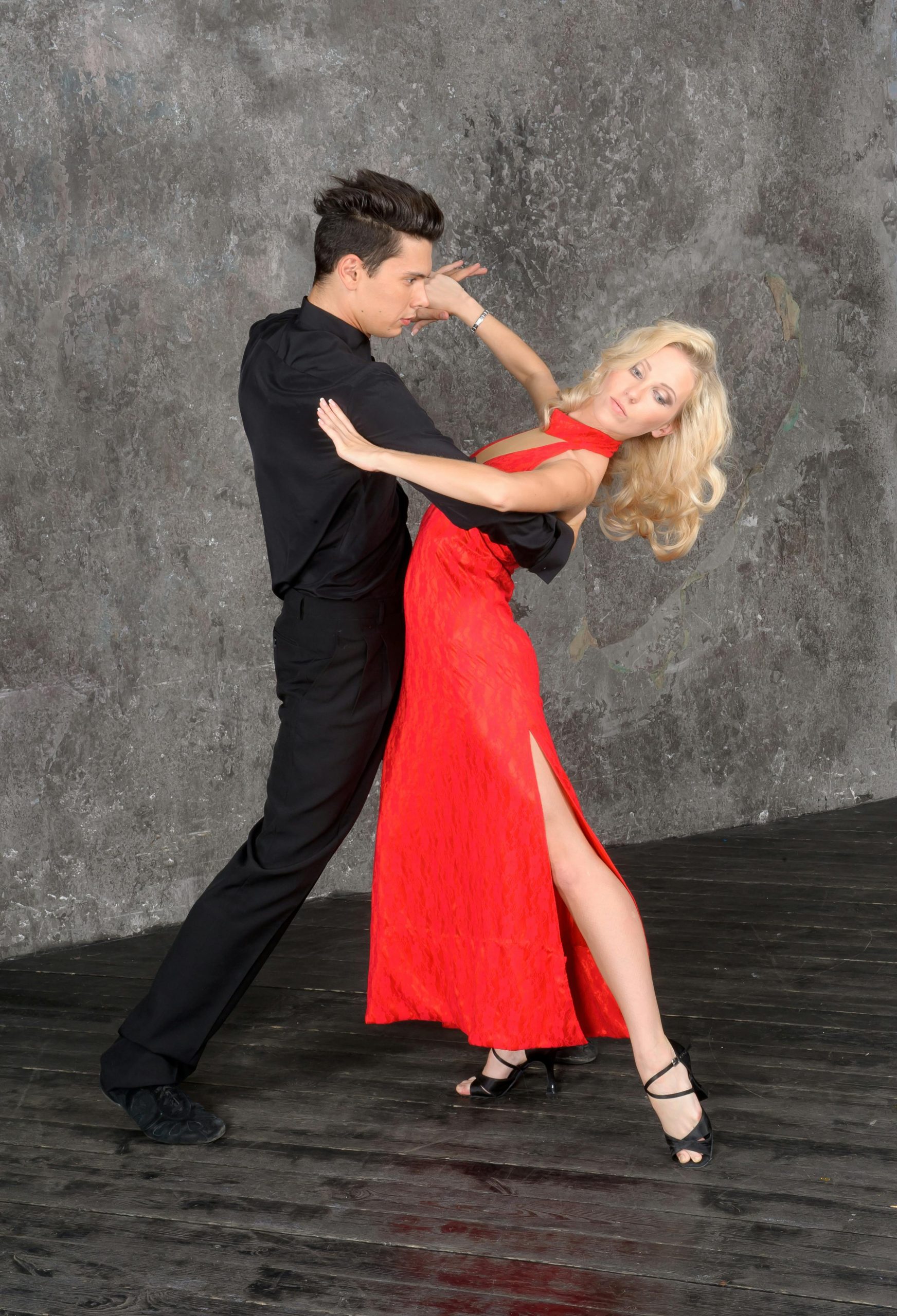Introduction


Ballet and fashion are art forms that celebrate the beauty of expression through movement and style. On the ballet stage, every costume tells a story, weaving together tradition and contemporary trends to enhance the visual impact of performances. This article delves into how ballet costumes blend artistic design with functionality, creating enchanting fashion tales that captivate audiences.
The Art of Ballet Costuming
Firstly, ballet costumes are masterpieces of design, meticulously crafted to complement the fluidity and grace of dancers’ movements. These costumes do more than just adorn; they amplify the narrative of the performance, bringing characters and emotions to vivid life.
Innovations in Design
Moreover, contemporary ballet has seen a shift towards innovative costume design that incorporates modern fashion trends. Designers are experimenting with new materials and silhouettes to push the boundaries of traditional ballet aesthetics. Fabrics that are both lighter and more durable allow dancers greater freedom and resilience, proving that functionality does not sacrifice beauty.
Iconic Collaborations
The collaboration between renowned fashion designers and ballet companies highlights the deep connection between these two worlds. Designers bring a fresh perspective to ballet, creating costumes that are both visually striking and perfectly suited for dance. For example, collaborations like Rodarte’s work with the New York City Ballet have resulted in breathtaking costumes that are as celebrated as the performances themselves.
Symbolism and Style
Furthermore, the choice of colors, textures, and patterns in ballet costumes often has symbolic significance. Soft pastels may convey innocence, while bold, rich colors might signify passion or conflict. The careful selection of these elements ensures that the visual impact of the costume aligns with the storytelling of the dance.
Cultural Reflections

Additionally, ballet costumes can reflect cultural stories and traditions, acting as a bridge between classical art and contemporary audiences. This fusion of cultural elements ensures that ballet remains relevant and engaging, resonating with a diverse global audience.
Sustainability on Stage
Lastly, the ballet world is increasingly embracing sustainability in costume design. By using recycled materials and adopting more sustainable practices, ballet companies are setting new standards for eco-conscious fashion in the performing arts.
Conclusion
The intersection of fashion and ballet on the stage presents a fascinating tableau of artistry, tradition, and innovation. As ballet costumes evolve, they continue to enchant and inspire, proving that fashion’s role in the arts is both transformative and enduring.
Explore the magical world of ballet fashion, where each stitch and seam contributes to the storytelling splendor of dance, painting movement and emotion in the fabric of every performance.

